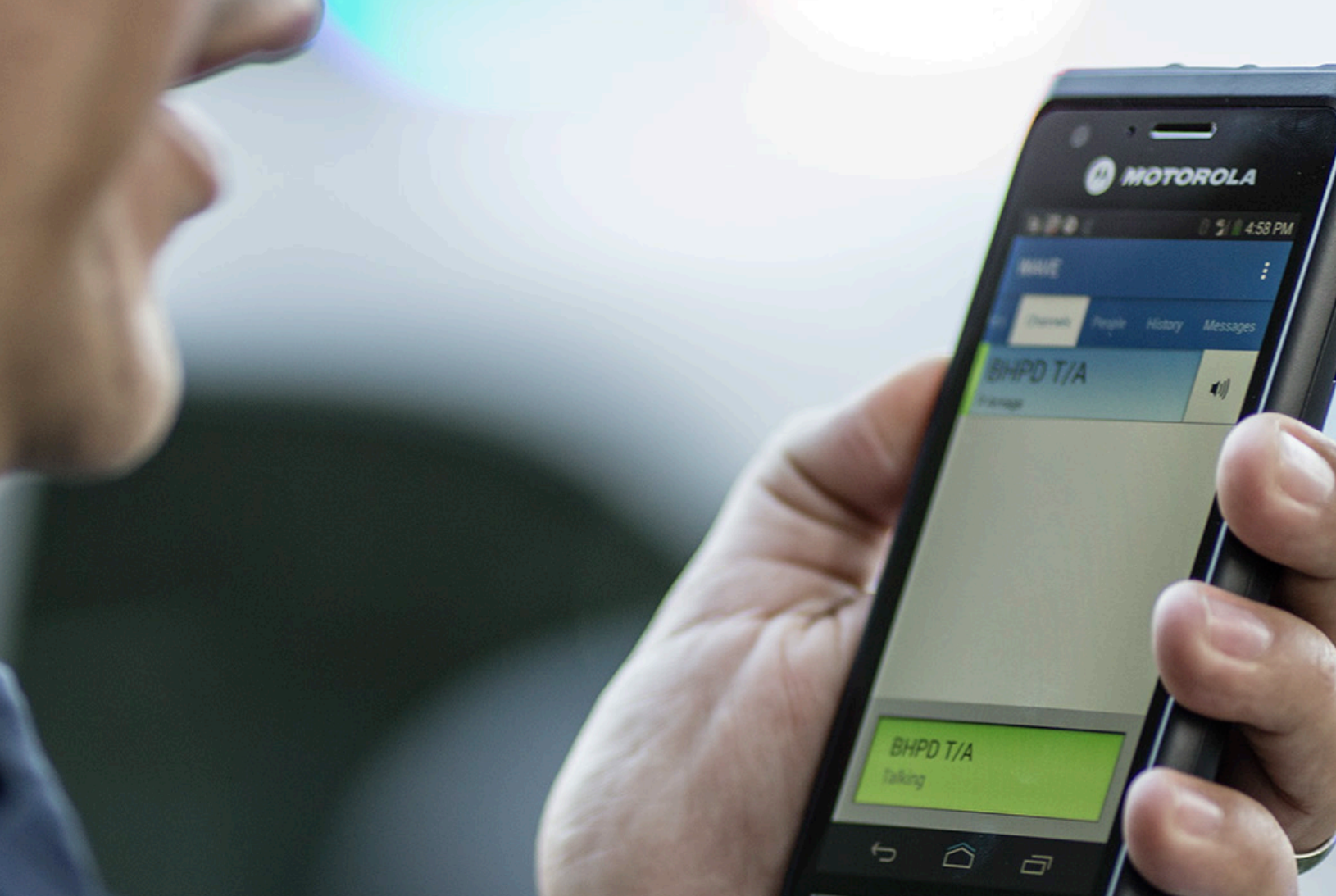 Reliable in-building wireless communication is essential for safety and efficiency. Whether it is public safety teams coordinating during emergencies, hospital staff relying on instant communication, or employees depending on WiFi for daily operations, strong connectivity keeps people and systems working together.
Reliable in-building wireless communication is essential for safety and efficiency. Whether it is public safety teams coordinating during emergencies, hospital staff relying on instant communication, or employees depending on WiFi for daily operations, strong connectivity keeps people and systems working together.
Many facilities continue to experience dead zones, dropped calls, or unreliable radio coverage within their buildings. If that sounds familiar, you are not alone, and the good news is that there are proven ways to fix it.
At Chicago Communications, we’re here to help you understand why these problems happen and how to solve them for good.
This guide explains why wireless coverage fails indoors and the solutions that restore clear, consistent communication across your building or campus.
Why Wireless Coverage Fails Indoors
Coverage problems usually come down to two main issues: weak signals and signal obstruction.
Distance and External Barriers
Cellular, public safety, and two-way radio signals originate from fixed locations outside a building. The farther the signal travels, the weaker it becomes. Buildings located far from towers or surrounded by obstacles such as trees, hills, or dense infrastructure often struggle to maintain reliable coverage indoors.
Building Materials
Modern construction materials are a common cause of signal problems. Concrete, steel, and low-emissivity glass can all block or absorb radio signals. These materials make it difficult for wireless signals to reach interior spaces. Older buildings with thick walls or reinforced materials can be even harder for signals to penetrate.
Interior Layout and Congestion
Even when outdoor signals reach the building, internal barriers such as stairwells, garages, and basements can create shadow zones. Large facilities, such as hospitals, schools, and office complexes, can also experience interference when too many users compete for limited bandwidth.
How to Fix Poor In-Building Connectivity
The first step in solving coverage issues is identifying where the signal drops and what is causing it. Once the root cause is clear, several solutions can provide reliable coverage for cell phones, radios, and WiFi networks.
Distributed Antenna Systems (DAS): Improving Radio and Cellular Coverage
 A Distributed Antenna System (DAS) enhances indoor wireless coverage by distributing signals through strategically placed antennas throughout your building. These antennas are connected to a bi-directional amplifier (BDA) that strengthens the incoming signal before retransmitting it indoors.
A Distributed Antenna System (DAS) enhances indoor wireless coverage by distributing signals through strategically placed antennas throughout your building. These antennas are connected to a bi-directional amplifier (BDA) that strengthens the incoming signal before retransmitting it indoors.
A DAS helps ensure that critical communications for public safety, cellular, or broadband stay strong throughout your facility.
Benefits of a DAS include:
-
Consistent signal coverage in every part of a building
-
Reliable radio communication for first responders
-
Improved call quality for cellular users
-
Enhanced safety compliance for public facilities
A well-designed DAS typically covers 85 to 90 percent of a building, though full coverage is possible with the right design. The key is to start with a strong donor signal feeding the amplifier. A weak signal in means a weak signal out.
When to Consider a DAS:
-
Your team relies on two-way radios for operations or emergency response
-
You experience poor cell service in key areas
-
You manage a large or multi-floor building made of dense construction materials
Our distributed antenna system guide provides additional information about the DAS solution.
ChiComm designs and installs customized public safety and commercial DAS solutions using trusted technology partners that meet both NFPA and local code requirements. Our team is here to help you assess your needs and design a DAS solution tailored to your space.
Improving WiFi Performance and Coverage
Reliable WiFi is critical for every organization, from hospitality and education to healthcare and manufacturing. If your WiFi network drops out, runs slowly, or struggles to cover your full space, you may be dealing with one or more of these issues:
-
Distance and Interference: Wireless repeaters can amplify and rebroadcast your existing WiFi signal to extend coverage into hard-to-reach areas.
-
Access Point Placement: Poorly located access points can cause overlapping coverage or dead zones. A professional site survey can identify the ideal placement to reduce interference.
-
Outdated Equipment: If your network hardware is more than a few years old, upgrading to modern access points or controllers can improve performance and security.
For facilities that depend on high-capacity wireless access, ChiComm’s team can assess your existing infrastructure and recommend a tailored solution to strengthen coverage and speed across your site.
Why Professional Installation Matters
DAS and wireless systems require precise engineering. Improperly installed systems can cause interference or fail to deliver the expected performance.
ChiComm’s experienced technicians handle every phase, from signal assessment and design to installation, testing, and ongoing maintenance. This ensures that your system meets all operational and safety standards.
A high-quality, professionally installed system costs more upfront but delivers long-term savings through reliability, extended life span, and fewer service interruptions.
Better Connections Start Here
You do not have to tolerate poor connectivity. By identifying problem areas and working with experts to design the right solution, your organization can achieve reliable communication throughout your facility.
Whether you need improved radio, cellular, or WiFi coverage, Chicago Communications is here to help. Our team designs and installs systems that keep your people connected and safe.
Take the first step toward stronger connectivity today. Your staff, guests, students, and first responders will notice the difference.
To meet your needs for in-building connectivity, contact Chicago Communications.
Frequently Asked Questions
What causes poor in-building connectivity?
Coverage issues often result from distance to the nearest signal source, construction materials that block radio waves, or interference from other equipment and users. Identifying the root cause is the first step toward lasting improvement.
How does a Distributed Antenna System (DAS) work?
A DAS uses a network of antennas and amplifiers to distribute signals evenly throughout a building. It strengthens weak signals and eliminates dead zones, providing reliable coverage for both two-way radios and cellular networks.
Why should I hire a professional to install a DAS or WiFi system?
Professional installation ensures that your system is designed and tuned correctly. Expert technicians prevent interference, ensure compliance with public safety standards, and deliver a setup that performs reliably for years.




